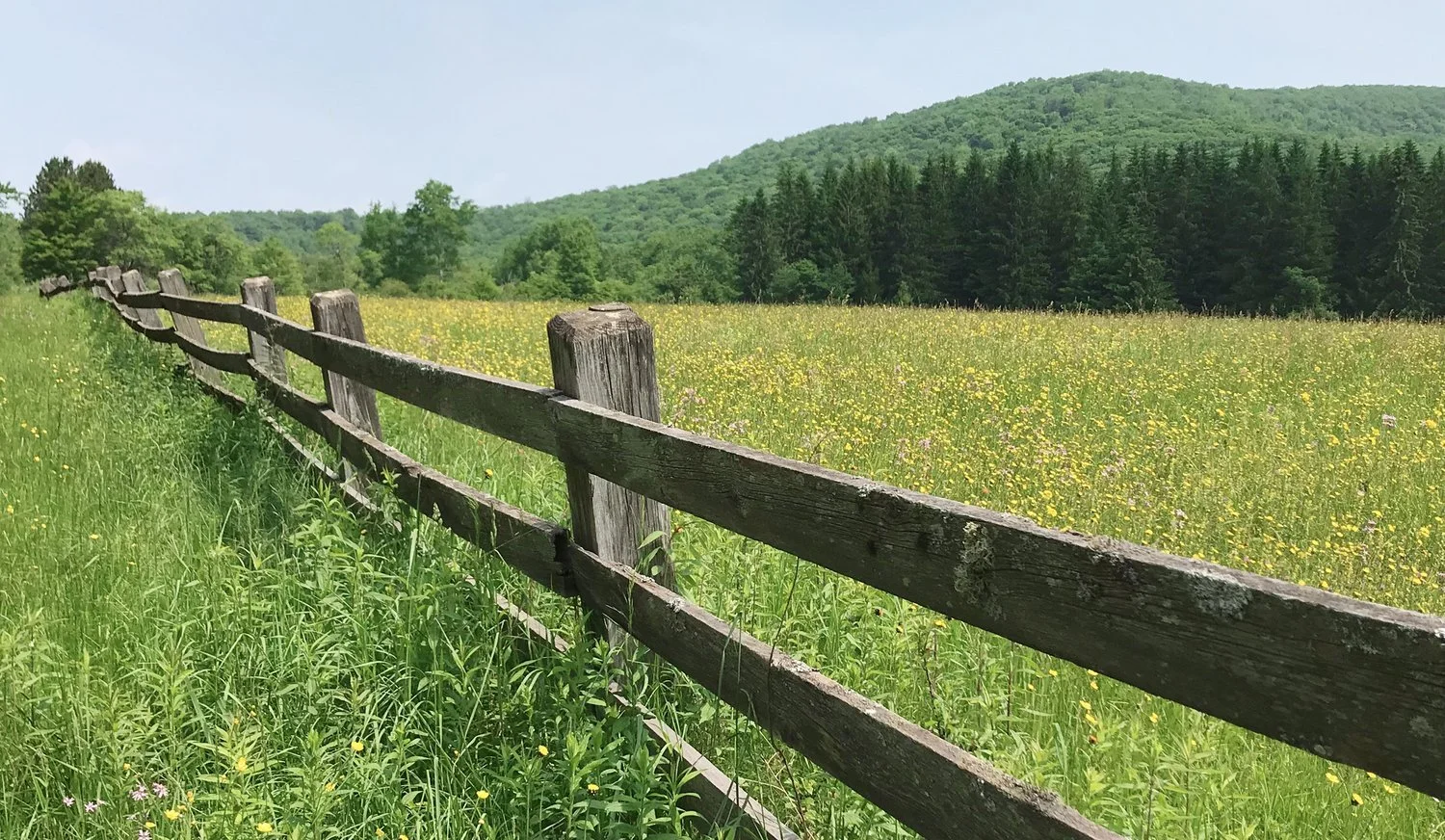Beyond mere boundaries, fences in the city serve as the walls of your outside living space, impacting both aesthetics and functionality. In New York City, all residential backyard lots are divided by fences. These structures are a crucial element in any garden design plan. A well-designed fence can be a statement piece in its own right.
Function, height, material, and level of transparency are some of the key decisions you will make when deciding on the best garden fence for your space. Here are some key considerations to help you find the best fence for your space:
Privacy in the Garden
- Solid or Permeable: Determine whether you prefer a completely solid fence or one with small gaps, allowing for light and air flow. Todd Haiman Landscape Design, for instance, artfully integrated laser-cut panels into a fence to promote airflow, creating a cooler environment while also deterring mosquitoes.
If you have plantings along the fence, airflow is important to prevent plant disease. Designing a fence with narrow slots between each slat allows air to circulate and is better for the health of your plants.
Security in the Garden
- Height and Depth: Tailor the height of your fence to your specific needs—whether it's deterring climbers, preventing burrowing rodents, or keeping deer at bay. For added protection for small children or pets, opt for a taller and more solid design. To prevent burrowing rodents, a fence should be dug one foot deep below grade. To deter deer from leaping into your garden, your fence should be at least seven feet tall.
Choosing materials for your Garden Fence
- Wood: Classic and versatile, wood fences offer a variety of styles and can be customized to complement your home.
Wooden fence with lapped joints in this Park Slope Garden
- Metal: Elegant and enduring, metal fences are the quintessential choice for Brooklyn townhouse front gardens.
Iron fence and railings in Brooklyn. Photo by James Coviello
- Composite: Blending wood and plastic, composite fences are both durable and readily available.
- Other Natural Materials: Explore the rustic charm of bamboo or willow woven into fences for an organic appeal.
Woven willow fencing from www.wonderwoodwillow.com
Fence styles
Picket: Traditional and charming, picket fences are beloved for both front and backyards.
Lattice: Incorporate decorative detail and climbing plants with lattice fences.
Modern: Embrace clean lines and material uniformity for a modern aesthetic.
Rustic: Capture a weathered, organic look with natural materials, such as split rail fences bordering vast rural properties.
Simple wooden fence on this Delaware County property
Ideas to Elevate Your Garden Fence
Here are some additional ideas to consider
Gated Entry: A well-designed gate, whether swing or sliding, creates a welcoming entrance. Ensure it's at least three feet wide for comfortable passage.
Illumination: Integrate lighting for a touch of ambiance and heightened visual appeal during the evening.
Greenery: Adorn your fence with climbing plants to infuse natural beauty into the structure.
Get creative!: There are endless possibilities when it comes to garden fences.
Gabion fence in this Park Slope rear garden
These fence design tips will also boost your home’s value.
Taking the time to weigh factors such as privacy, security, and aesthetics ensures that your chosen fence becomes a seamless complement to your garden. Remember that your fence is a backdrop that should enhance your curated plantings. Let your garden fence be a reflection of your style and a boundary that defines your personal outdoor retreat.







